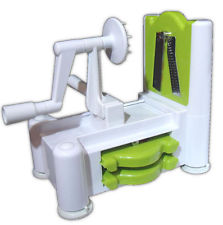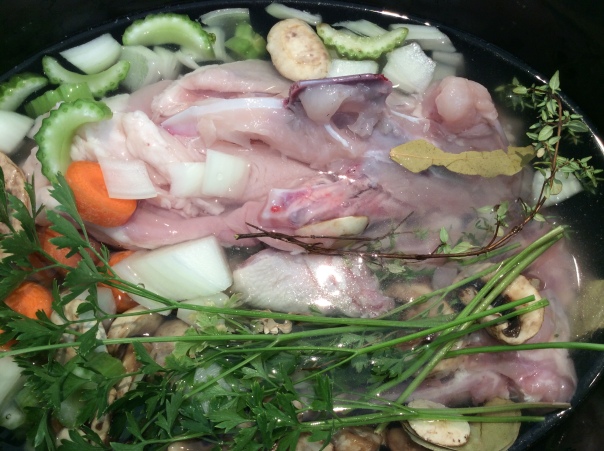Are you wondering what AIP is? What does it stand for? Why on earth Annabel are you eliminating so many foods from your diet? Please explain!
Over the last few months as I embarked on the autoimmune protocol elimination diet quite a few people have asked me for a bit more information about what it actually is. Whilst there are many others who have written excellent explanations about it, I’d like, in this post to explain what I know about it, why do it etc. Listed at the end are a few excellent resources with far more detailed and scientific explanations than this one!
What is the AIP?
Essentially the autoimmune protocol (AIP) is a form of elimination diet that is designed to reduce inflammation in your system, and in particular in your gut. It is an ‘extension’ of the paleo diet. It’s not for everyone, it’s designed for those of us with auto immune conditions. I have hashimotos (under active thyroid). Many other common auto immune conditions include rheumatoid arthritis, crohns disease, coeliac, multiple sclerosis, psoriasis & lupus. Here is a list of many common ones.
An auto-immune condition occurs when your immune system attacks itself because it loses the ability to differentiate between which proteins belong in your body and which ones don’t. So, in my case my immune system attacks my thyroid gland. It is believed that all auto-immune conditions stem from having gut dysbiosis and a leaky gut (and have been found in every auto-immune condition in which it’s been tested!).
The AIP diet isn’t designed to ‘cure’ autoimmune disease but to relieve from the many symptoms. Whilst there is plenty of information provided by doctors about medical treatments (eg forhashimotos I takeoroxine daily for the rest of my life and will have to even if I follow theAIP), they don’t usually give much information about food and lifestyle choices that can dramatically improvethe quality of your life (and I think stop further deterioration of your immune system – including collecting MORE autoimmune diseases). This is whereAIP can help. It addresses the FOOD side of things.
So how do you do it?
The AIP elimination diet is designed to be done for 30-60 days and then you gradually reintroduce the eliminated foods (to be done properly it’s in a specific order) and see how your body responds to each one to know if you should leave it out or keep it in. I did it strictly for 6 weeks and have added back in eggs, milk (dairy), butter and some small number of nuts but have found that I’m not that fantastic with nightshades. Even those I have introduced back, it’s been done with a digestive enzyme support (a magic ginger concoction called digestaid, available here in Brisbane). I don’t eat grains of any kind (I feel much better without), I know I’m better without high fat dairy eg brie & cream. I also don’t have a gallbladder so I need to make sure the fat I eat is easily digestible, which is why I eat so much coconut oil as it’s the easiest oil to break down.
What to cut out?
The first and most important recommendation (it was certainly the first given to me about 8 yrs ago – but it took me 5-7 years to really accept and live it) is to be completely gluten free for the rest of your life. If you can only do one thing, do this.
The AIP diet first and foremost a nutrient dense diet, focussing on fresh vegetables, fruit, fat and protein. REAL food. There is still soooo much you can eat, but I have to say it is quite tricky to eat out whilst strictly following the AIP diet.
Here is what needs to go:
- ALL grains (paleo)
- dairy (paleo)
- legumes (paleo)
- refined sugars (paleo)
- some oils (paleo)
- chemicals (paleo)
- alcohol (paleo)
In addition to the paleo restrictions, you also take out:
- eggs
- nuts (and nut oils)
- seeds (and seed oils)
- nightshades (potato, eggplant, tomato, capsicum, chilli, paprika, many spices, goji berries)
- potential gluten cross-reactive foods (ie the proteins in these foods are so similar to gluten your body can thing you are eating gluten and reacts to them in the same way), the saddest for me in this category is caffeine.
- NSAIDS (eg asprin, ibuprofen)
There are some excellent, clear print out guides to what’s in and what’s out here.
I have also created a couple of ‘word clouds’ to show you what’s in and what’s out.
IN:

OUT:

Should I do it?
Whether or not you should consider trying the AIP is certainly a personal choice. Given it’s for auto-immune conditions, if you have an auto-immune disease or your think you might, it would be worth giving it a go. It does require preparation (mentally and practically) and support from those you live with. I’m certainly glad I did it.
I definitely feel ‘cleaner’, less puffy, I think I have less joint pain (my back in particular has been great), I have lost a few kg. I must say though that I wasn’t suffering terribly from symptoms when I started, if I was I think the results would have been more dramatic. There is a FB group I belong to called ‘AIP for you and me’ and I hear of some AMAZING results!
** please notw none of this information constitutes medical advice. Talk to your holistic doctor or naturpath for specific advice.
For more info, detail, recipes and science check out:
www.thepaleomom.com – Sarah Ballentyne. Her book The Paleo Approach is a must buy if you are serious about finding out more. Her website has SO much information about paleo and AIP, recipes etc. She is also worth following on Facebook
www.aiplifestyle.com
www.autoimmune-paleo.com
www.phoenixhelix.com
It Starts with Food by Dallas & Melissa Hartwig. See www.whole9life.com
www.againstallgrain.com
The Clothes Maketh the Girl
www.chriskresser.com
Good luck and feel free to comment, share your experiences, ask questions etc.
Annabel x



















